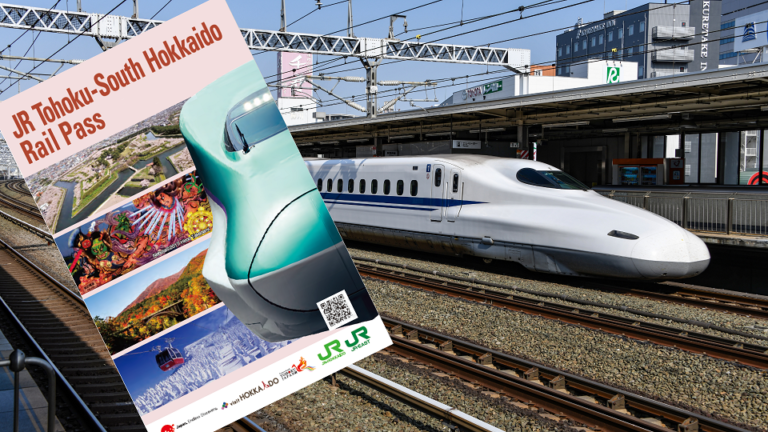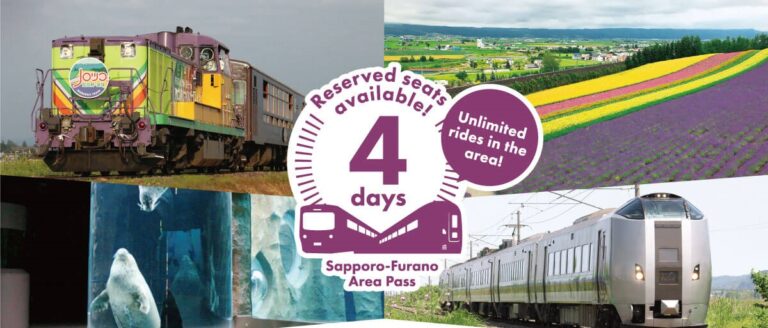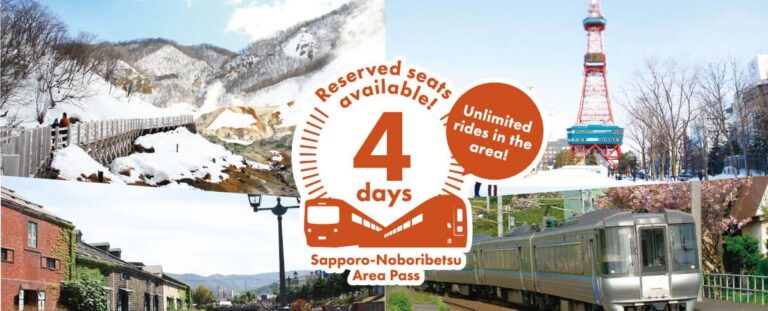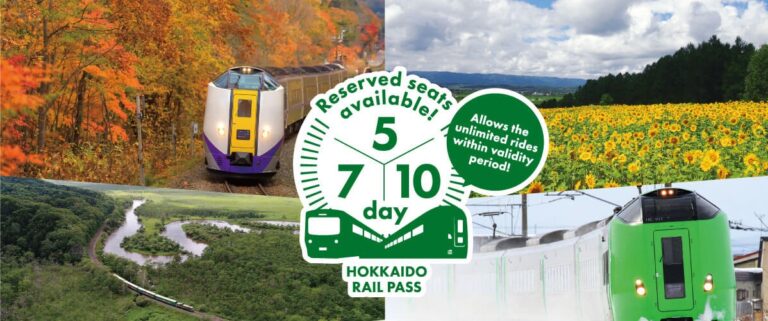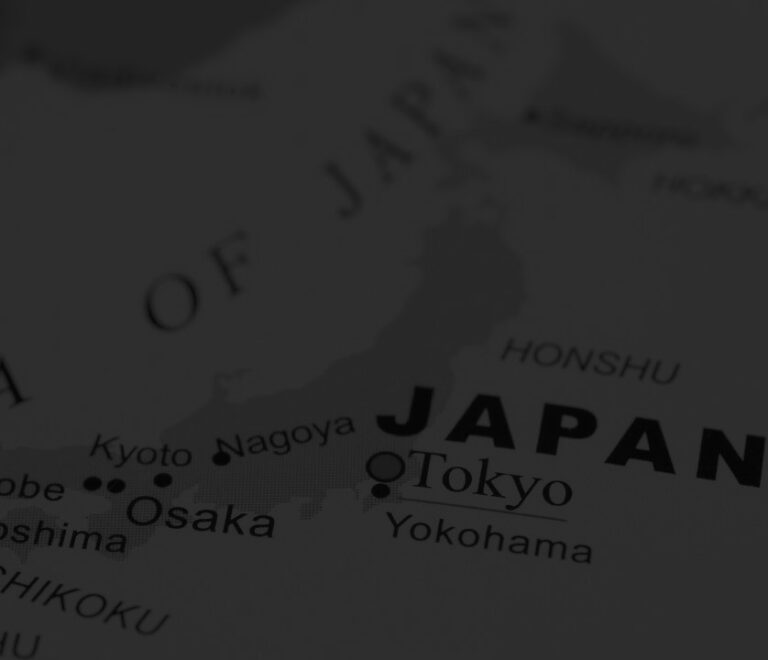Hokkaido
Where is Hokkaido?
Hokkaido is the northernmost of Japan’s main islands and the prefecture covers the entire island.
It is separated from Aomori Prefecture on the island of Honshu by the Tsugaru Strait to the south.
The two prefectures are connected by the Seikan Tunnel, an undersea railway tunnel.
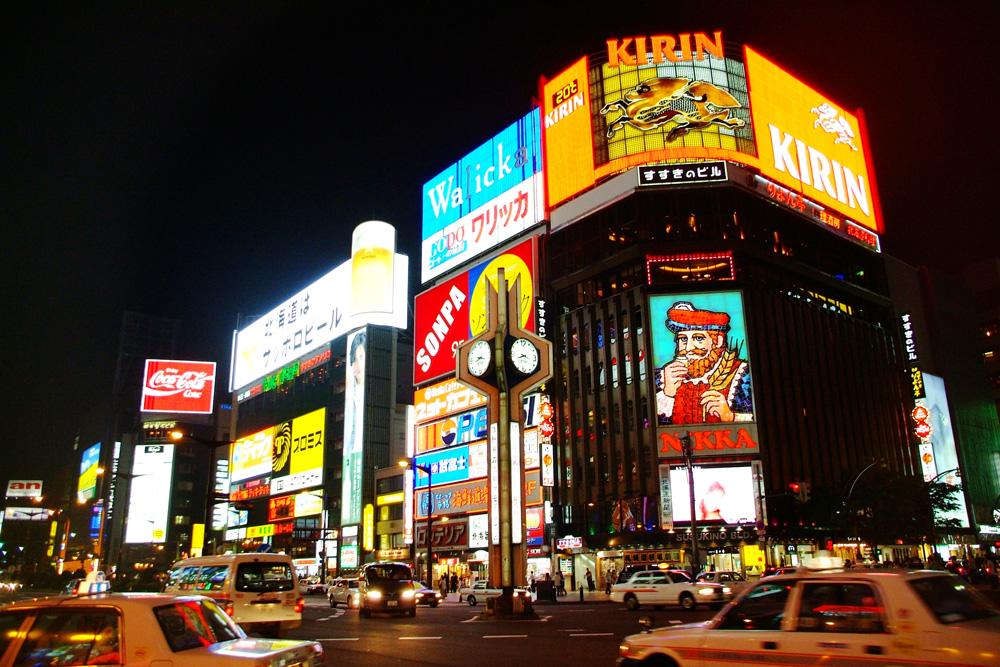
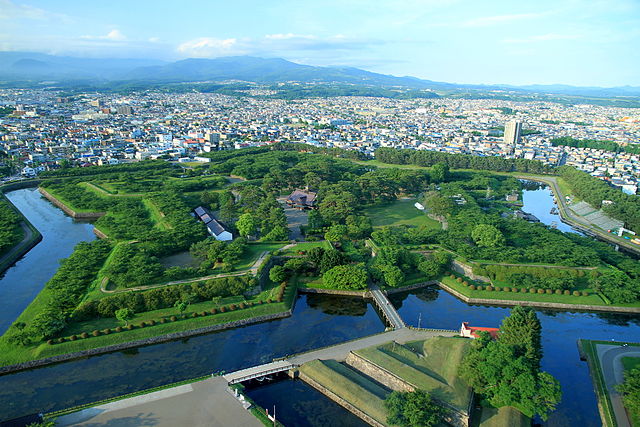
The prefectural capital is Sapporo and other major cities and towns in the prefecture include Hakodate, Kushiro, Noboribetsu and Otaru.
What is Hokkaido known for?
Hokkaido is well known as a winter sports destination.
It hosted the 1972 Winter Olympics and is home to the popular ski resort Niseko.
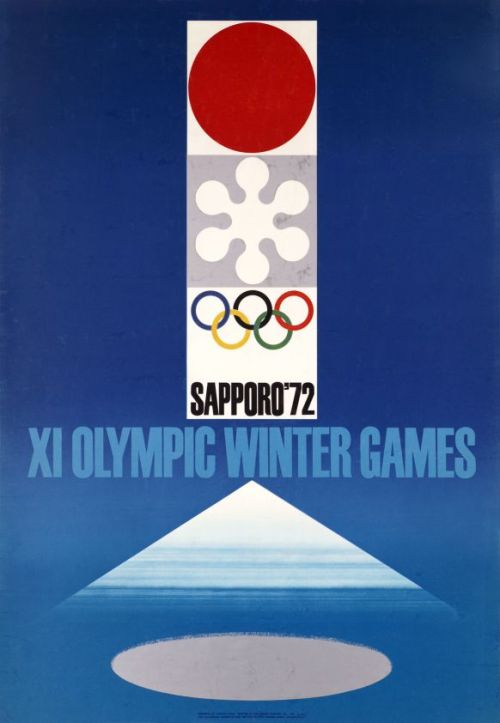
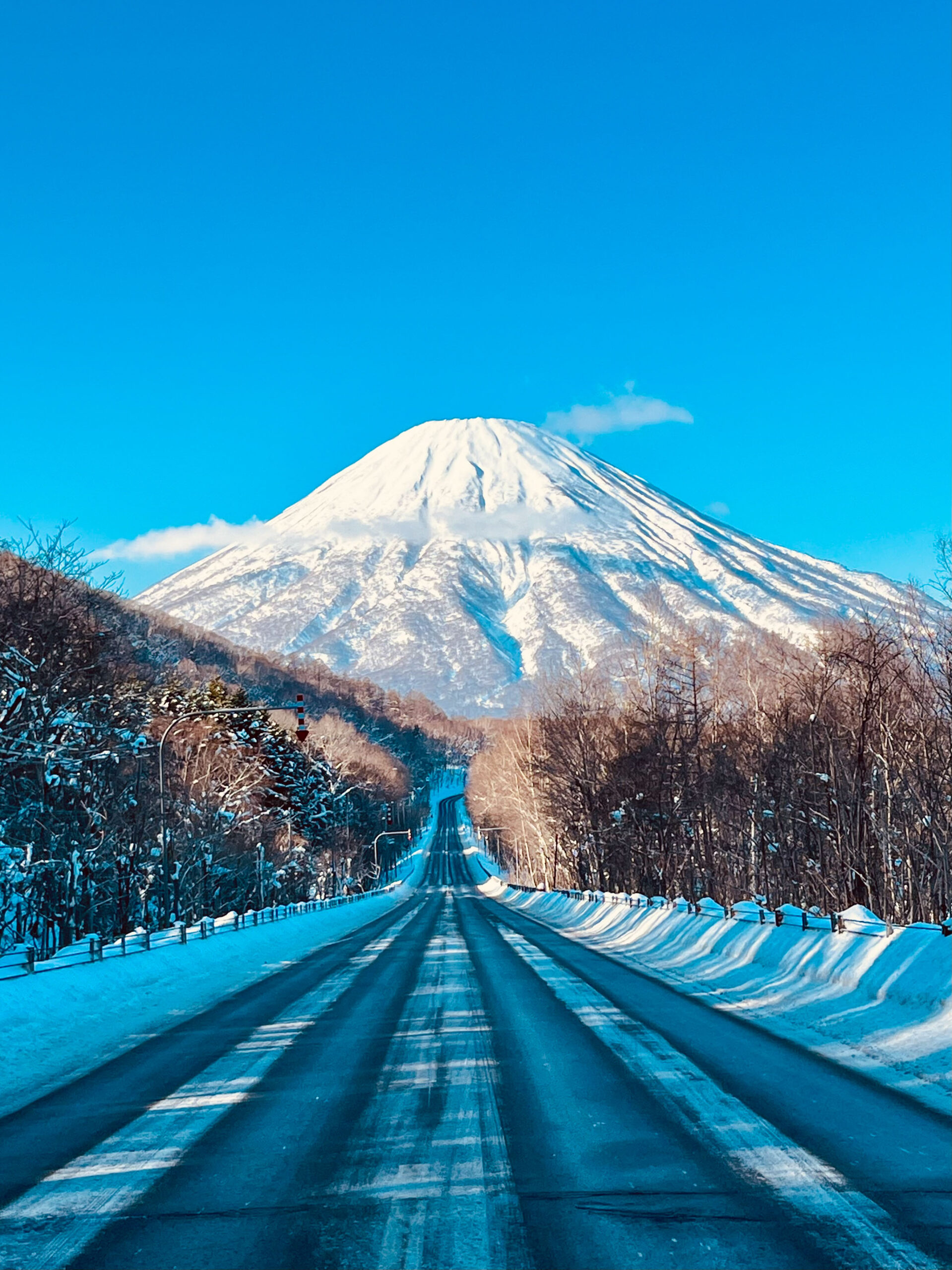
Sapporo is known internationally thanks to Sapporo Beer, a popular brand of lager from the city that is now sold around the world.
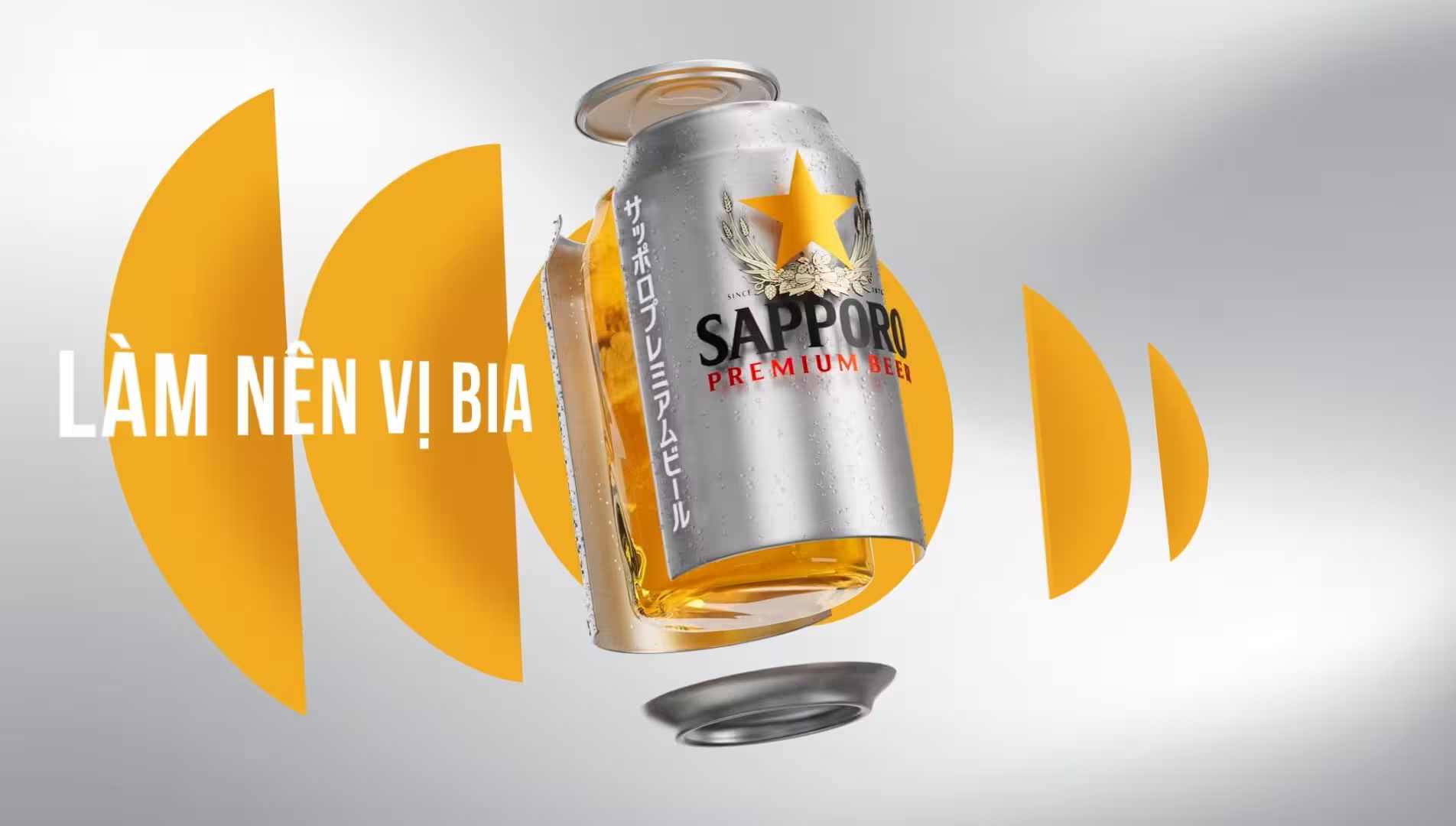
The island is home to the Ainu, one of the few non-Japanese indigenous groups in Japan.
Japan did not fully control Hokkaido, beyond a few settlements in the south, until the late 1800s when the island was colonized following the Meiji Restoration.
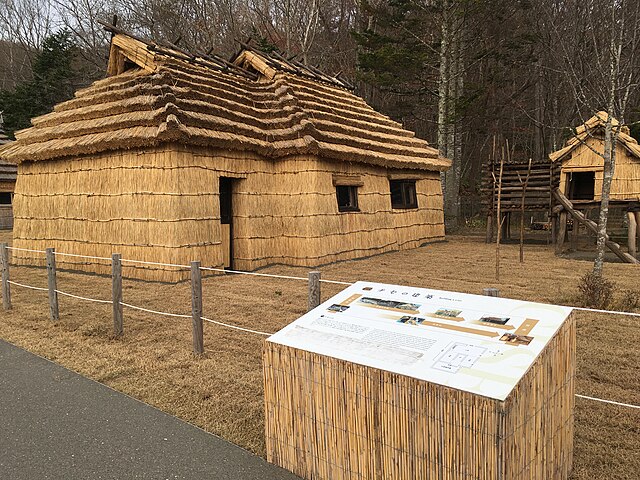

Hokkaido is also the home of Hatsune Miku, created by Crypton Media based in Sapporo.
A local version, Snow Miku, is a popular mascot character and is used to promote tourism in the prefecture.
Sapporo-style ramen is one of the three most popular styles of ramen in Japan alongside Hakata and Kitakita style ramen.
This style of ramen is made using a miso soup broth topped with pork, onions and bean sprouts.
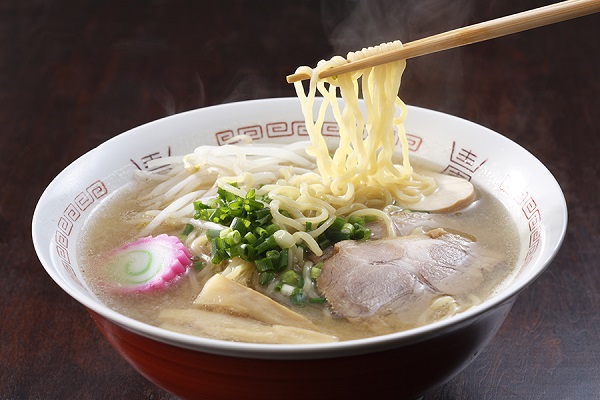
Other popular ramen styles originating from Hokkaido include the shio (salt) based Hakodate style and the shoyu (soy sauce) based Asahikawa style.
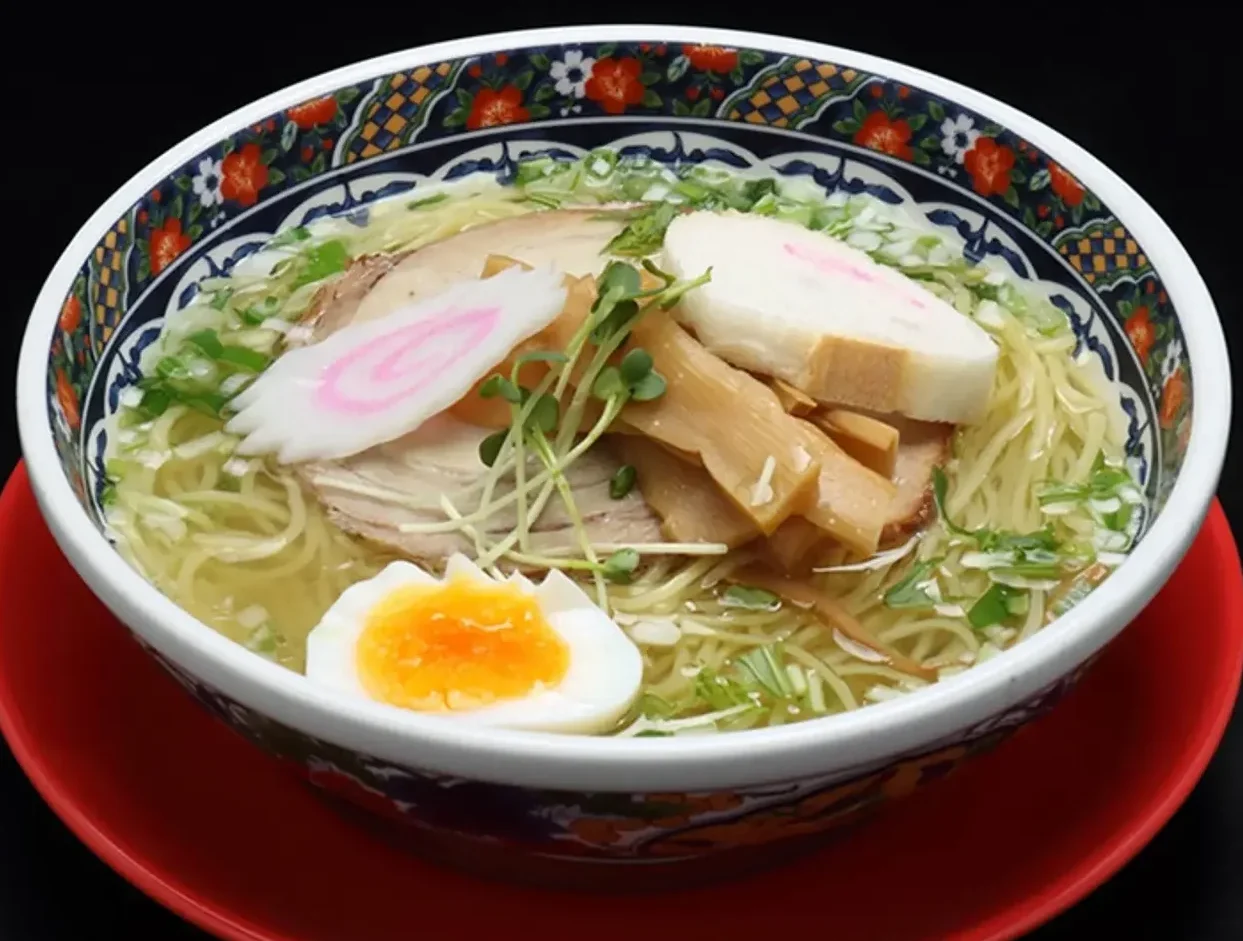
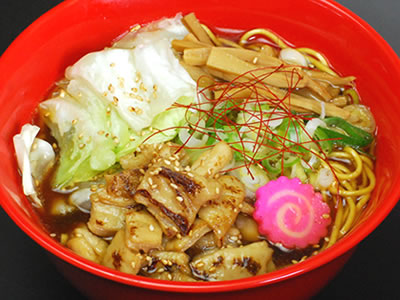
Where should I visit in Hokkaido?
Most visitors to Hokkaido will visit Sapporo.
As the main city in the prefecture it has a host of tourist attractions including the Sapporo TV Tower, Sapporo Brewery Museum, Mount Moiwa and the Hokkaido Shrine.
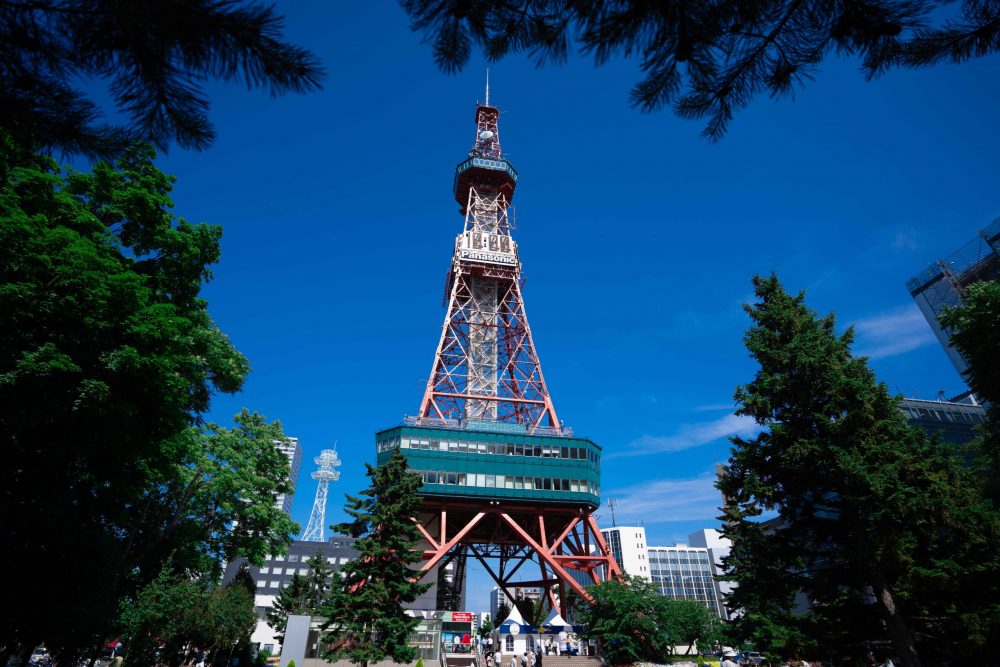
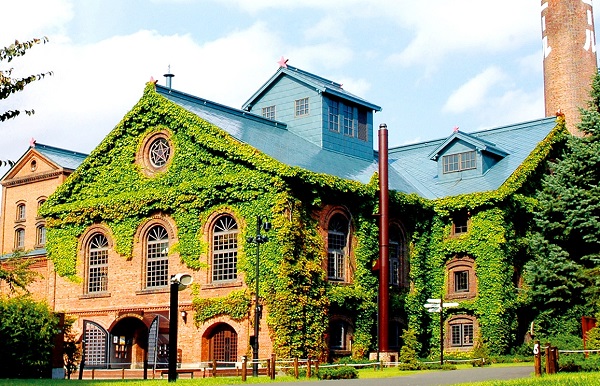
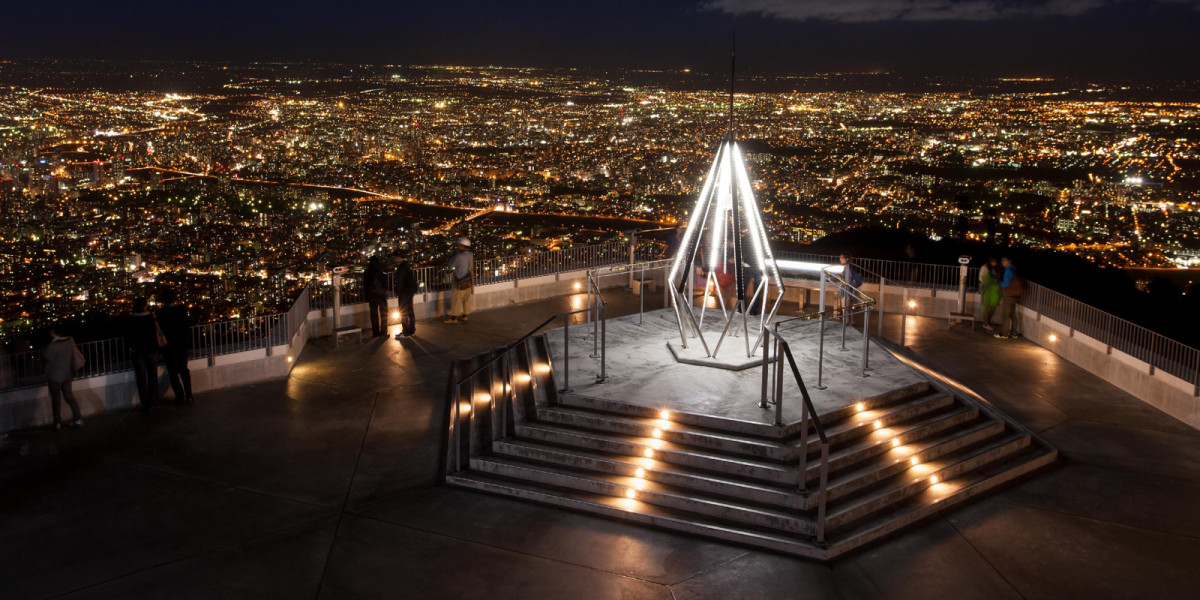
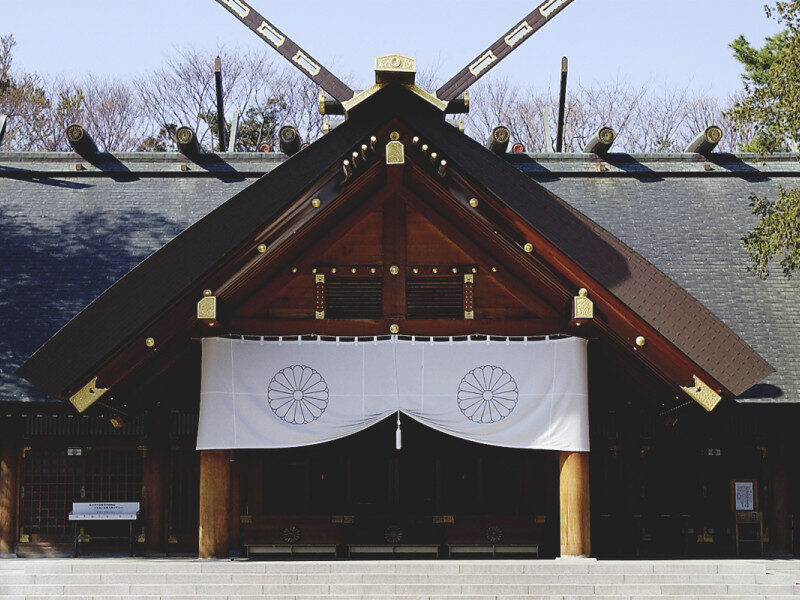
Sapporo is also famous for the annual Sapporo Snow Festival which takes place in February each year.
The festival features a wide variety of snow sculptures and attracts visitors from around the world.
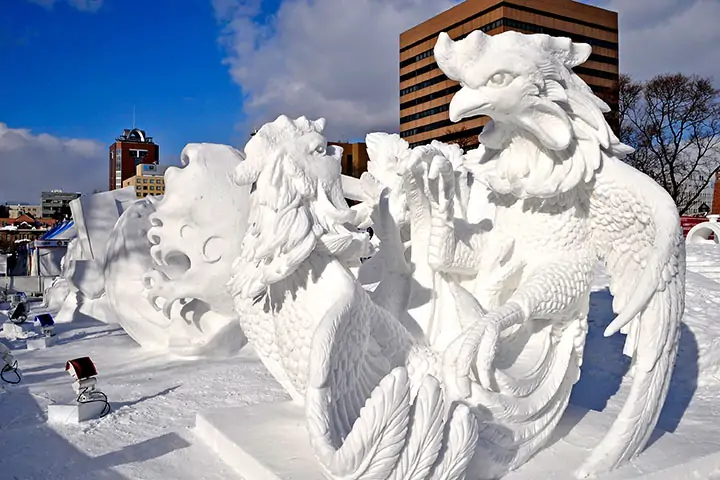
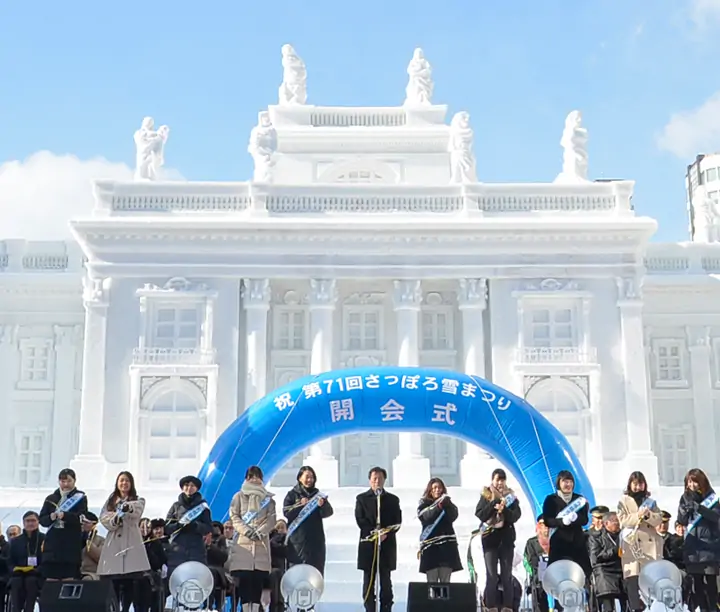
Hakodate’s most famous visitor attraction is the Goryokaku Fort, a star fort located in the center of the city which is known for its stunning appearance in the cherry blossom season.
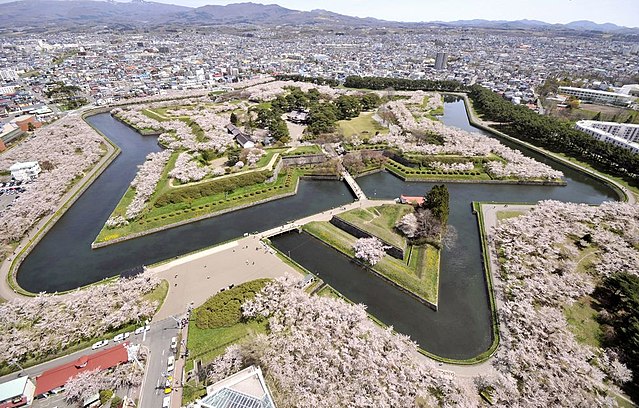
Skiing and winter sports are one of the main attractions to Hokkaido with a large number of resorts and ski courses operating in the prefecture. Niseko and nearby ski resorts are internationally popular and have many regular visitors from Asia and Australia.
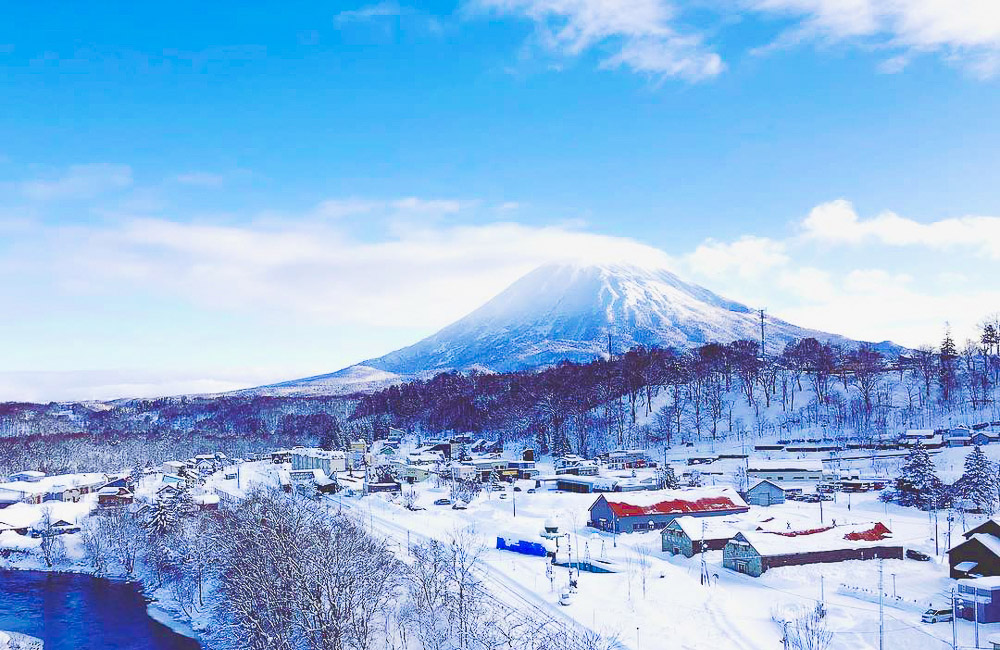
When is the best time to visit Hokkaido?
The most popular time to visit Hokkaido is during winter as many visitors are attracted by the snowfall or to enjoy winter sports.
While the prefecture is prepared to handle snow and adverse conditions, it is important to remember that heavy snowfall and poor weather may disrupt your itinerary.
Spring (April to May) sees milder temperatures and occasional rain. The cherry blossom season occurs later than in the rest of Japan, usually in late Spring. Snow may still be present in Sapporo and more northern areas.
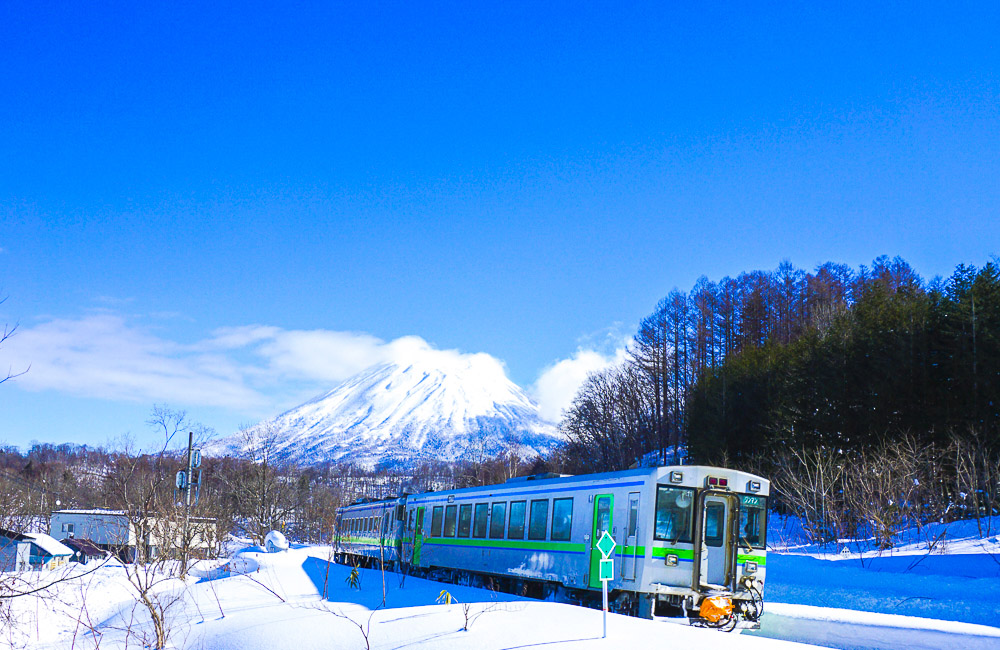
Summer (June to August) brings higher temperatures but the prefecture is relatively colder than the rest of Japan.
Autumn (September to November) features low temperatures and snowfall will start to return to the north of the island.
Winter (December to February) brings significant snow and very low temperatures across the prefecture.
As the most northern of Japan’s four main islands, Hokkaido is consistently colder than the rest of the country and the temperature will be significantly different between Sapporo and other cities like Tokyo and Osaka.
All Events in Hokkaido
Tours and Activities in Hokkaido
None found.
Where should I stay in Hokkaido?
Sapporo and Hakodate are typically the locations of choice for visitors seeking accommodation in Hokkaido.
Both cities offer ample options for both budget and luxury hotels as well as being the major hubs for transportation within the prefecture.
There is a significant distant between the two cities, so which one is best will depend on your itinerary.
Travelers on a budget are are recommended to choose a budget or business hotel.
Many budget hotels from Japanese chains such as Hotel Gracery and Hotel MyStays can be found in convenient locations across both cities.
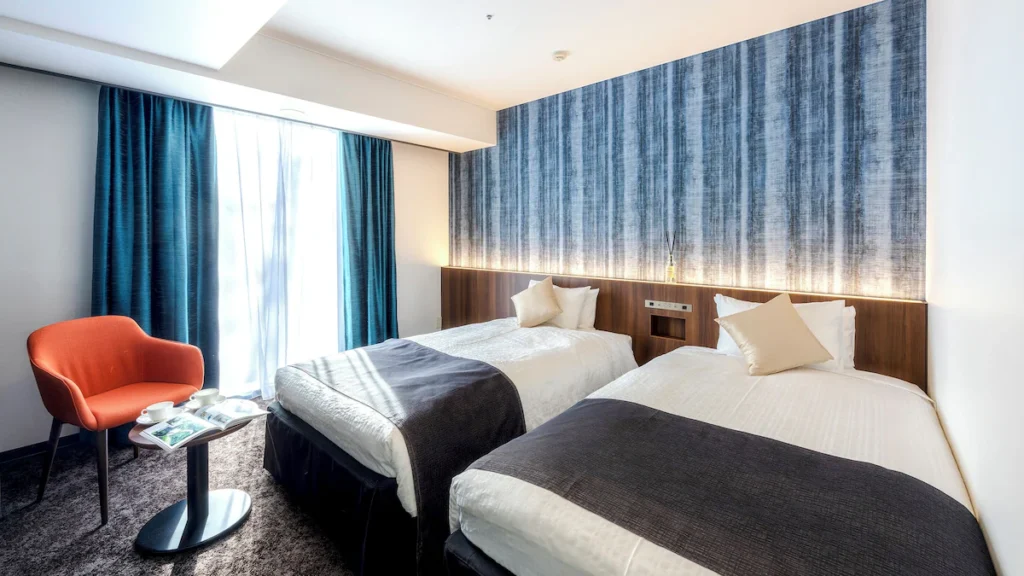
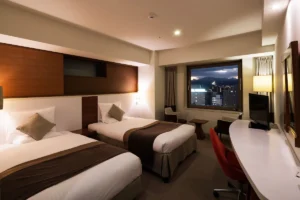
Luxury accommodation can be found throughout Sapporo and Hakodate with high-end hotels including Sapporo Stream Hotel and La Vista Hakodate Bay available.
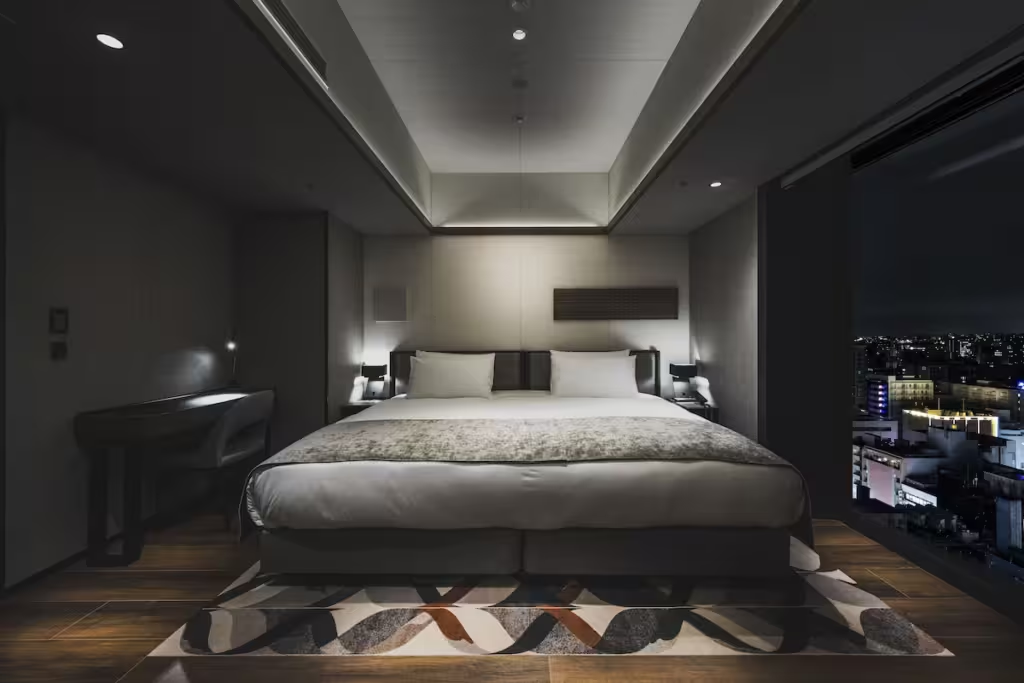
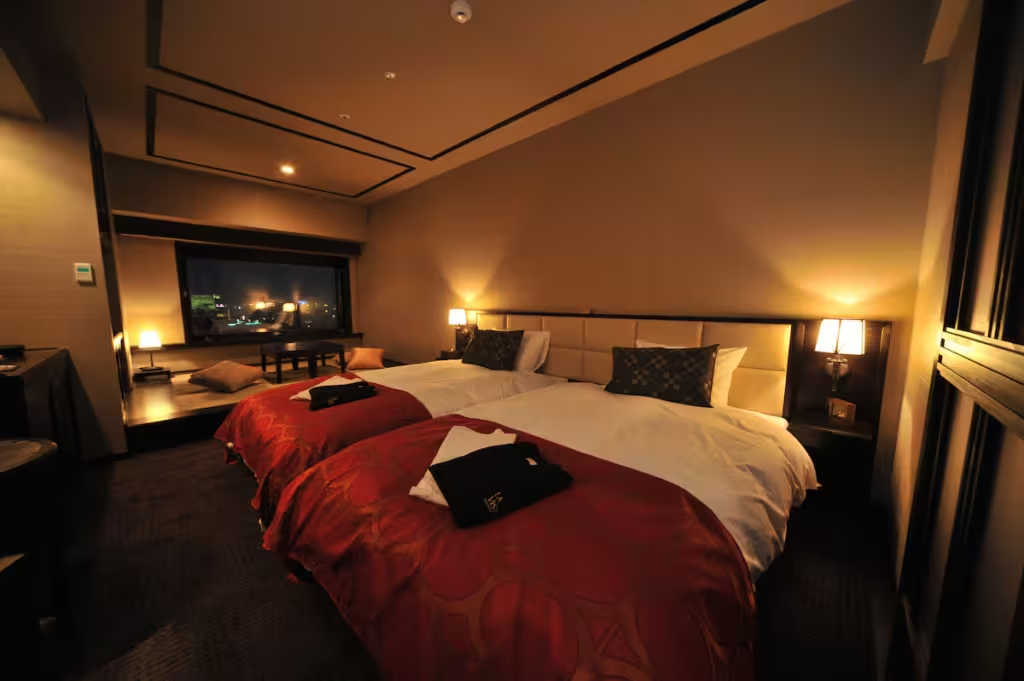
Sapporo also has a large number of hot spring (onsen) resorts such as Noboribetsu, the largest onsen resort in the prefecture, and Jozankei Onsen close to Sapporo.
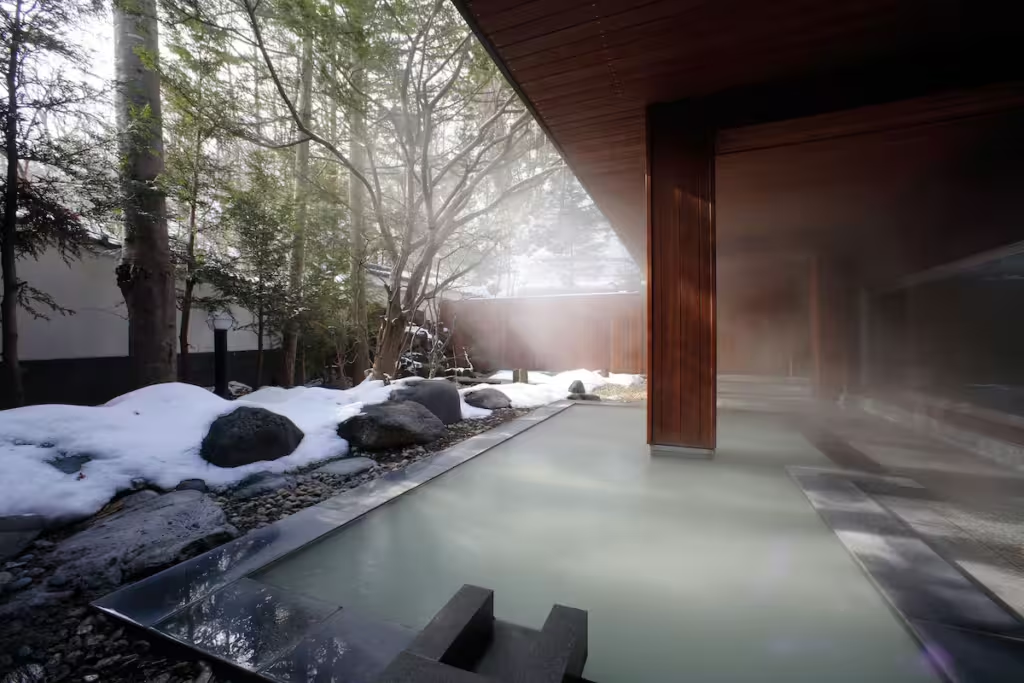
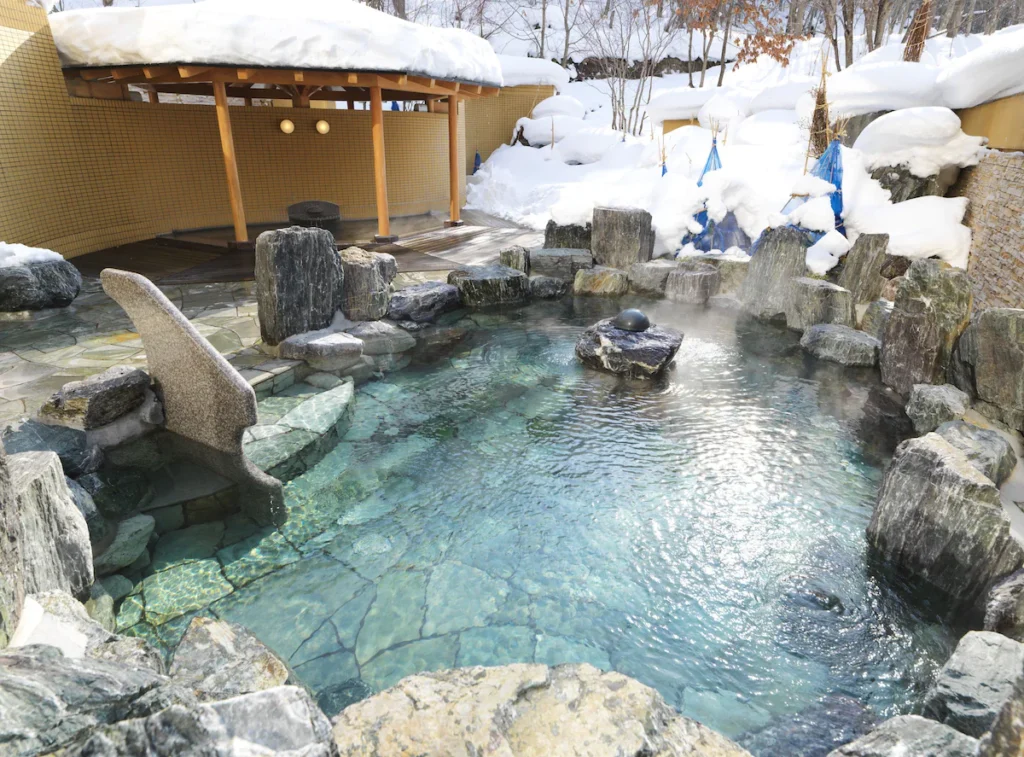
How do I get to Hokkaido Prefecture?
Most visitors to Hokkaido will enter via air or train.
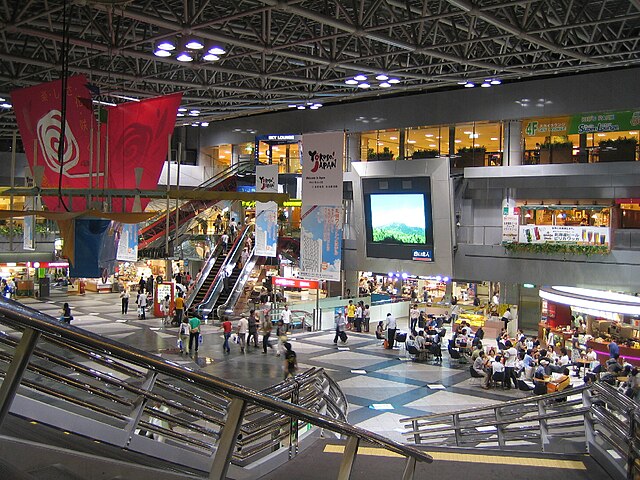
New Chitose Airport is the main airport in Hokkaido and connects Sapporo to Tokyo, Osaka and a number of other domestic destinations. International connections include Hong Kong, Taipei, Shanhai, Beijing, Honolulu, Seoul and Busan.
Flights between Tokyo and Sapporo are frequent, with most flights leaving from Tokyo’s Haneda Airport.
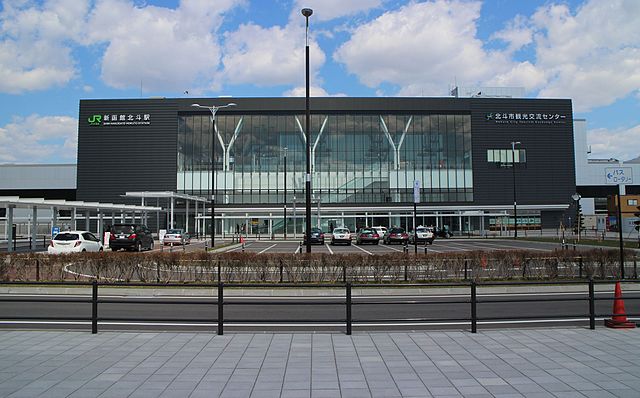
The Hokkaido Shinkansen connects Aomori and Hakodate via the undersea Seikan Tunnel.
The shinkansen route to Sapporo is currently under construction and is not expected to open until 2030 and all trains currently terminate in Shin-Hakodate Station near to Hakodate.
Travelers from central and southern Japan are recommended to take the Tohoku Shinkansen from Tokyo to Aomori and transfer to the Hokkaido Shinkansen.
They can then either take a local train from Shin-Hakodate to Hakodate itself or transfer to a limited express train for onward travel to Sapporo.
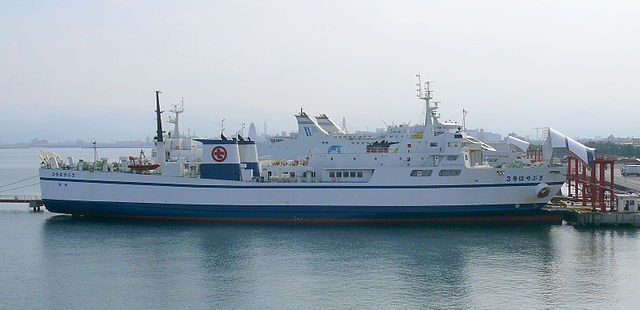
Several ferries also connect Hokkaido with Honshu.
Ferries travel from Hakodate to Aomori, from Otaru to Maizuru and Niigata, and from Tomakomai to Hachinohe, Oarai, Sendai and Nagoya.

